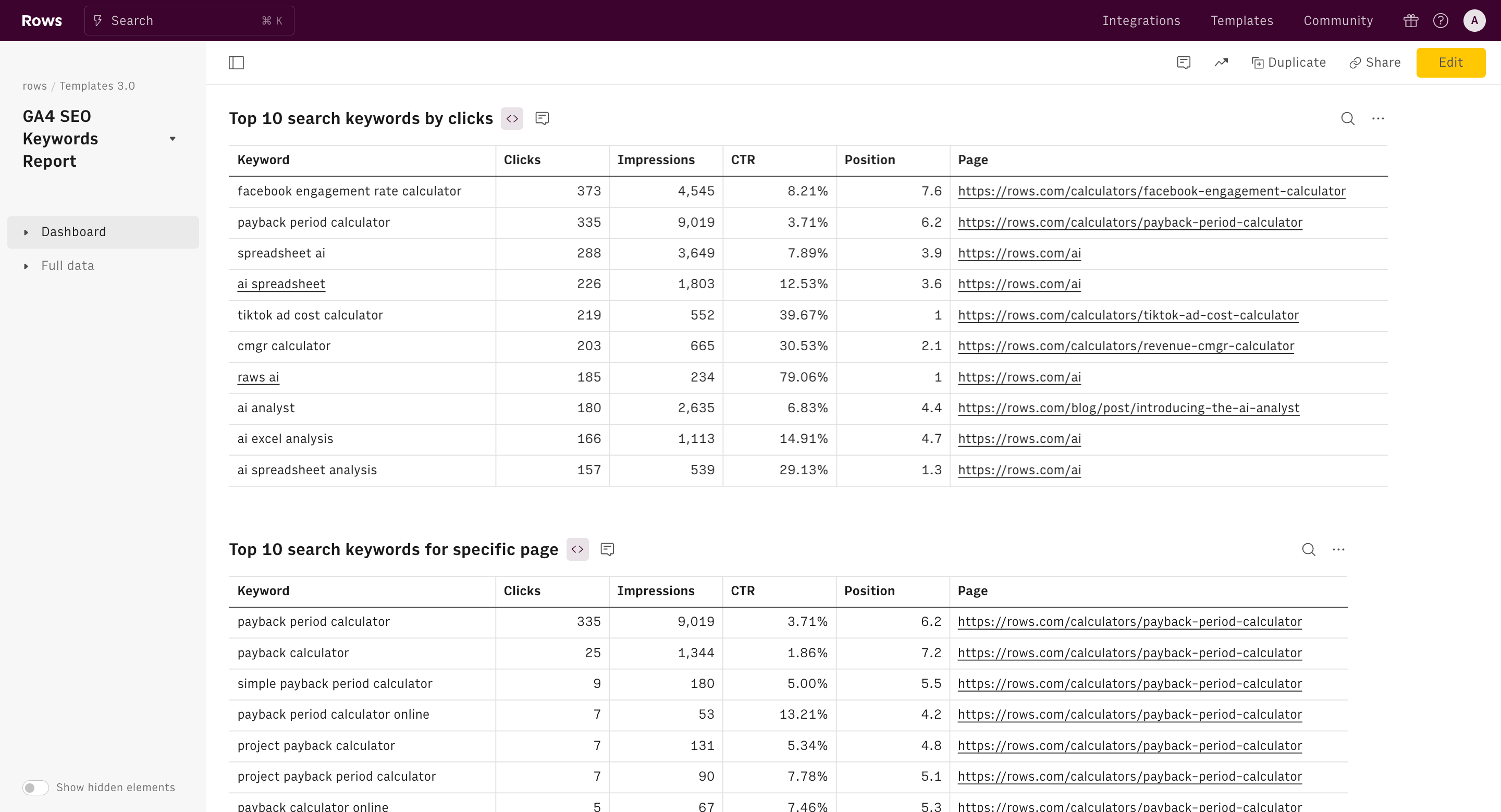Tube Rank: Your Guide to Video Success
Discover tips and insights for optimizing your video presence.
Climbing the Keyword Ladder: One Step at a Time
Unlock the secrets of SEO success! Join us on a journey to climb the keyword ladder and elevate your blog's visibility, one step at a time.
Understanding Keyword Research: The Foundation of Climbing the Keyword Ladder
Understanding keyword research is a critical first step for anyone looking to improve their search engine visibility and climb the keyword ladder. This process involves identifying the terms and phrases that potential visitors enter into search engines, helping you tailor your content to meet their needs. By utilizing tools such as Google Keyword Planner, SEMrush, or Ahrefs, you can uncover valuable insights into search volume, competition, and user intent. Remember, successful keyword research is not just about finding high-volume terms; it’s also about understanding the relevance of those keywords to your audience and how they fit into your overall content strategy.
Once you've identified relevant keywords, categorize them based on factors like search volume and competition level. Consider creating a keyword map where you outline which keywords will target specific pages on your website. This organized approach ensures that each piece of content has a purpose and targets a distinct audience segment. Additionally, using a mix of short-tail and long-tail keywords can further refine your strategy, allowing you to attract a broad audience while also capturing niche traffic. Ultimately, mastering keyword research lays a robust foundation for SEO success and empowers you to systematically ascend the keyword ladder.

How to Prioritize Keywords for Maximum SEO Impact
When it comes to prioritizing keywords for maximum SEO impact, the first step is to conduct thorough keyword research. Begin by identifying potential keywords that are relevant to your niche or industry. Utilize tools like Google Keyword Planner or SEMrush to discover search volumes, competition levels, and related terms. Once you have a robust list of keywords, categorize them based on their intent, such as informational, navigational, or transactional. This categorization will help you focus on the keywords that will drive the most traffic and align with your content strategy.
Next, you should assess the competitive landscape for each keyword. Analyze the top-ranking pages for your selected keywords to understand their content quality, backlink profiles, and on-page SEO practices. Prioritize the keywords that not only have significant search volumes but also present opportunities for you to outrank competitors. A helpful approach is to identify long-tail keywords—those that are more specific and typically have lower competition. Incorporating these long-tail keywords can enhance your chances of achieving higher rankings and, ultimately, maximizing your SEO impact.
What Are Long-Tail Keywords and Why Are They Essential for Your Strategy?
Long-tail keywords are specific, longer phrases that users type into search engines when they are looking for something very particular. Unlike generic keywords, which are typically one or two words and highly competitive, long-tail keywords tend to have lower search volume but offer a much higher conversion rate. This is because they cater to users who are often further along in the buying cycle, making them more likely to engage with your content. For example, someone searching for 'best waterproof running shoes for winter' is more likely to make a purchase than someone just searching for 'running shoes.'
Incorporating long-tail keywords into your SEO strategy is essential for a successful online presence. Not only do they help attract highly targeted traffic to your website, but they also reduce competition due to their specificity. Utilizing these keywords in your content allows you to effectively address the unique needs and questions of your audience. To implement a long-tail keyword strategy effectively, consider the following steps:
- Research relevant long-tail phrases related to your niche.
- Integrate these keywords naturally into your blog posts, titles, and meta descriptions.
- Monitor engagement and conversion rates to adjust your strategy accordingly.